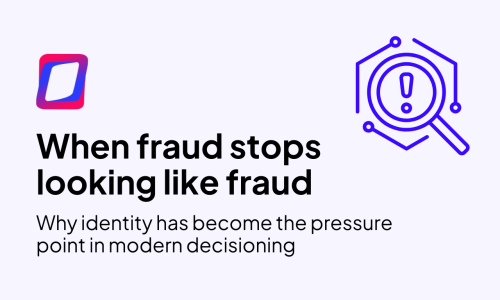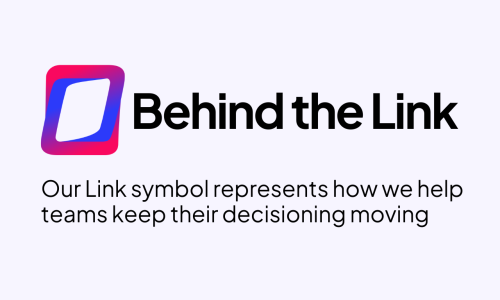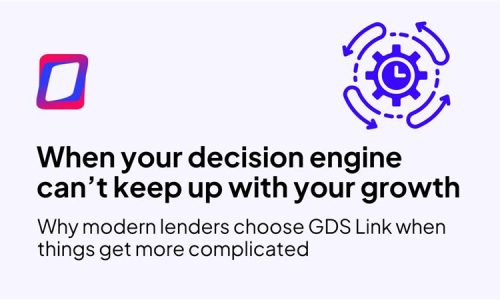SVP at TransUnion Discusses the Evolution of Credit Reporting for Buy Now, Pay Later Schemes
In this episode of The Lending Link LIVE, recorded at the Fintech Meetup in March 2024, host Rich Alterman talks with Liz Pagel, Senior Vice President at TransUnion. They explore the dynamic world of “Buy Now, Pay Later” (BNPL) services and their integration into the traditional credit reporting landscape. Liz discusses the challenges of modifying credit models to accurately reflect BNPL transactions and shares insights on the regulatory landscape involving the CFPB and OCC. She explains the technical updates being implemented to ensure BNPL data is accurately captured and used in credit evaluations.
Additionally, Liz addresses the broader impact of these adaptations on financial inclusion and potential changes in consumer behavior. She also speaks on the strides being made towards gender diversity within the fintech sector, highlighting the growing participation and influence of women in the industry.
This episode provides a deep dive into how traditional credit bureaus like TransUnion navigate the complexities introduced by new financial products and what this means for consumers and lenders alike. Tune in now:
Listen To The Episode on YouTube
Listen To The Episode on Spotify
Episode Transcript
[accordions id=”112146″]
About TransUnion:
With over 50 years of experience as a credit reporting agency, TransUnion has been at the forefront of fostering trust. The company’s extensive history in stewarding and analyzing data has cultivated a comprehensive understanding of consumer identity. Further bolstered by significant investments in new data sources and technology, TransUnion has broadened its expertise into fraud, marketing, and customer-driven analytics.
TransUnion is a global information and insights company, which is pivotal in facilitating trust within global commerce. This achievement is realized through providing a Tru™ picture of individuals: a practical view of each consumer derived from a vast array of online, offline, public, and proprietary data, all managed with the utmost care.
About GDS Link
GDS Link is a global leader in credit risk management, providing tailored software solutions, analytical and consulting services. Our customer-centric risk management and process automation platforms are designed for the modern lender in their pursuit to capitalize on the entire credit lifecycle.
By providing a personal, consultative approach and leveraging our own industry-leading knowledge and expertise, GDS Link’s solutions and services deliver exceptional value and proven results to thousands of clients around the world.
About The Lending Link Podcast
The Lending Link Powered by GDS Link is a podcast hosted by Rich Alterman and designed for the modern-day lender. Each episode deeply delves into innovation within the financial services industry and transformation efforts, including AI / ML integration, Modeling, Risk Management Tactics, and redefining Customer Experiences.
GDS Link launched The Lending Link to explore unique strategies for the modern-day lender, dive into the innovative advancements GDS Link and our partners are currently developing and delivering, and gain insights from captivating guests within the FinTech, banking, and credit union worlds.
We have a wide range of guests from various lending institutions and diverse organizations who talk about strategies, technology, and everything in between.
Check Out Our LinkTree to listen to podcast episodes on your preferred platform.
Recent articles

When Fraud Stops Looking Like Fraud
Read article
Behind the Link
Read article





